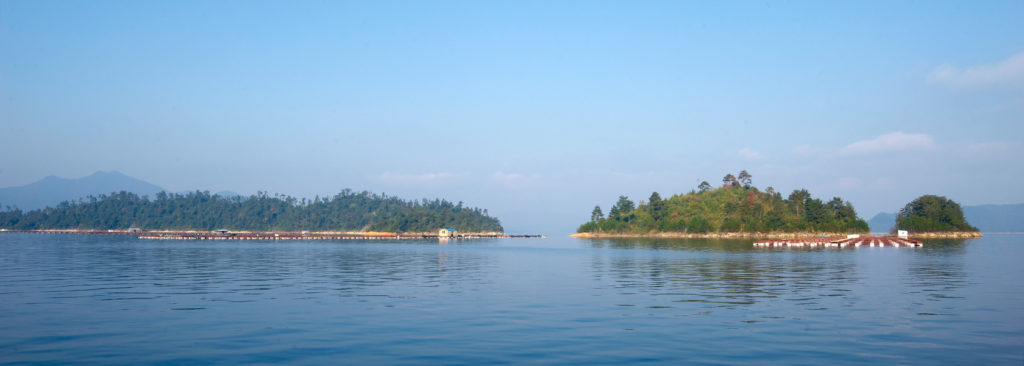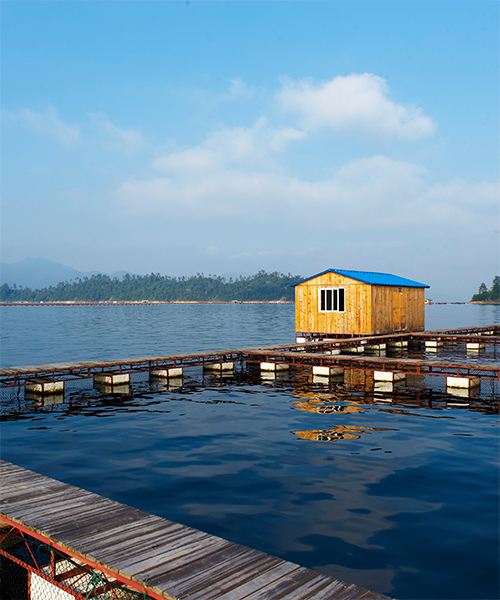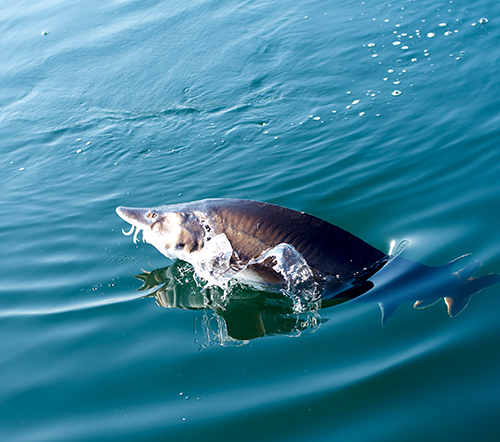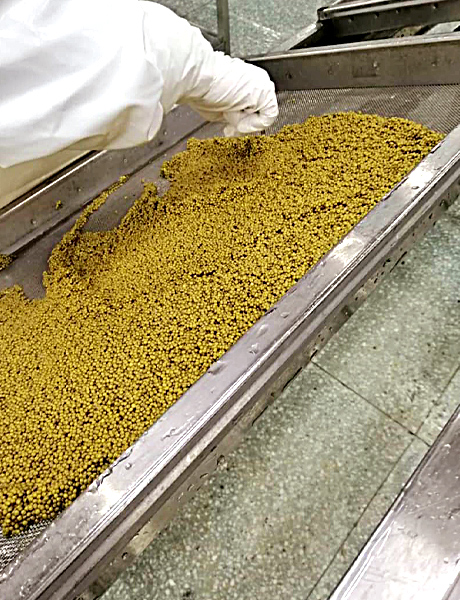Caviar production – The art of making caviar
Caviar has been a highly sought-after speciality for centuries, and caviar production has developed into a genuine art during this time. For many years, the rivers of Siberia and around the Caspian Sea appeared to be a sheer endless source of sturgeon, whose caviar was traded worldwide. However, this extensive and uncontrolled fishing has resulted in the sturgeon being critically endangered in the wild. Therefore, the capturing and trading of wild caviar is now internationally banned.
Caviar offered for sale today comes from breeding farms. The methods of sturgeon breeding for caviar production have significantly improved in recent years. Farmed caviar is now of the same quality as caviar from wild-caught sturgeon.
Caviar production is an art that has been passed down through generations. Alongside the vast knowledge of experienced caviar masters, a lot has to be considered when breeding the sturgeon in order to obtain truly outstanding caviar. Learn more about the caviar production of the Royal Caviar company below.

Providing the right habitat to produce the perfect caviar
The foundation for high-quality caviar begins years before the product is being sold. It all begins with the proper breeding of the sturgeon. Most importantly, the sturgeons must have access to fresh, cool water and sufficient space. Royal Caviar is committed to raising fish in a particularly species-appropriate environment. Instead of recirculating systems in narrow tanks, we choose aquaculture systems that are located in rivers or lakes. Thus, our sturgeons grow up under optimal conditions in a natural lake landscape. Our sturgeon farm covers an area of well over 500 square kilometres and offers the fish enough space and clear water to ensure natural and species-appropriate rearing.
In addition to natural living conditions and the excellent quality of the water, the feed must also correspond to the needs of the fish. Our experienced caviar master knows what which fish needs at which stage of development for healthy growth. Several times a year, we send sturgeon specialists and biologists to our production sites in order to check the health of the fish. We also maintain a very active and close relationship with our caviar master, who has been producing caviar on the Caspian Sea for over 40 years and is responsible for the excellent quality of our roe. This guarantees you always the best quality of caviar.


 DE
DE RU
RU
